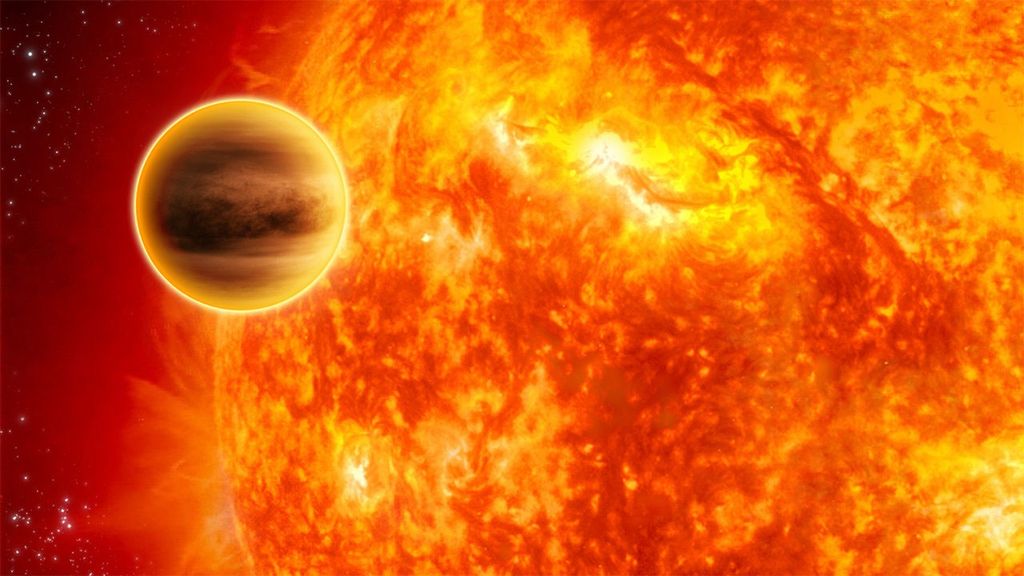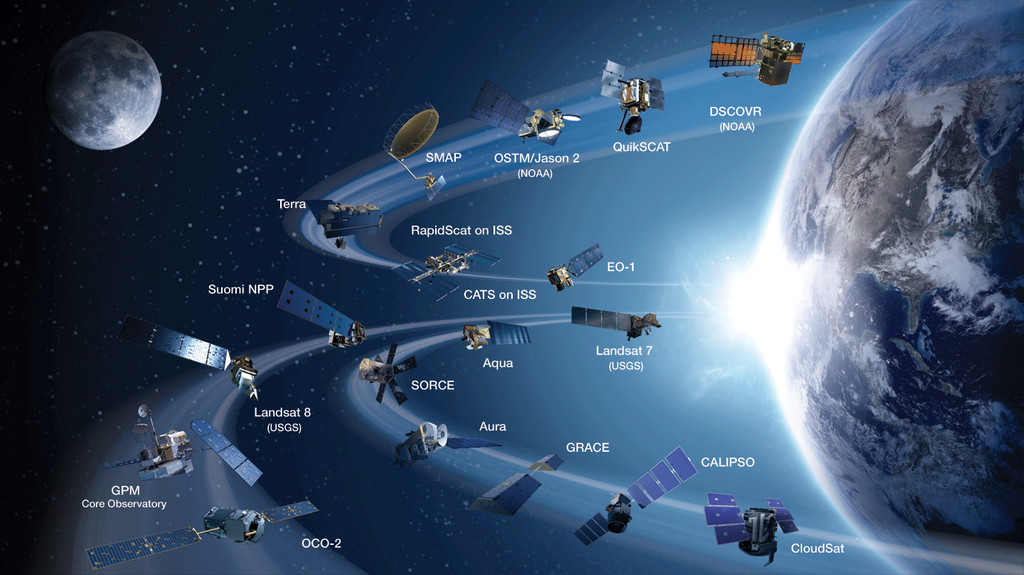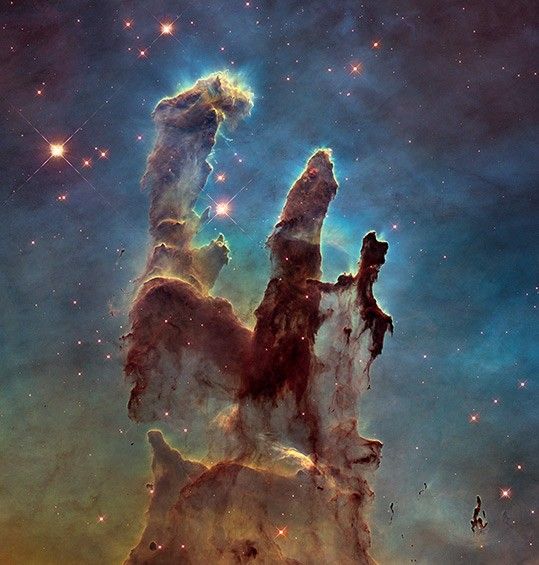1 min read
Comet 3I/ATLAS Compass Image

This image of interstellar comet 3I/ATLAS was captured by the Hubble Space Telescope's Wide Field Camera on July 21, 2025.
The scale bar is labeled in arcseconds, which is a measure of angular distance on the sky. One arcsecond is equal an angular measurement of 1/3600 of one degree. There are 60 arcminutes in a degree and 60 arcseconds in an arcminute. (The full Moon has an angular diameter of about 30 arcminutes.) The actual size of an object that covers one arcsecond on the sky depends on its distance from the telescope.
The north and east compass arrows show the orientation of the image on the sky. Note that the relationship between north and east on the sky (as seen from below) is flipped relative to direction arrows on a map of the ground (as seen from above).
This image shows visible wavelengths of light.
About the Object
- DistanceDistanceThe physical distance from Earth to the astronomical object. Distances within our solar system are usually measured in Astronomical Units (AU). Distances between stars are usually measured in light-years. Interstellar distances can also be measured in parsecs.At the time of observation, comet 3I/ATLAS was located at a distance of 3.8 au from the Sun
About the Data
- Data DescriptionData DescriptionProposal: A description of the observations, their scientific justification, and the links to the data available in the science archive.
Science Team: The astronomers who planned the observations and analyzed the data. "PI" refers to the Principal Investigator.The Hubble observations include those from program 17830 (D. Jewitt)
- InstrumentInstrumentThe science instrument used to produce the data.WFC3/UVIS
- Exposure DatesExposure DatesThe date(s) that the telescope made its observations and the total exposure time.July 21, 2025
- FiltersFiltersThe camera filters that were used in the science observations.F350LP
- Object NameObject NameA name or catalog number that astronomers use to identify an astronomical object.Comet 3I/ATLAS
- Object DescriptionObject DescriptionThe type of astronomical object.Interstellar comet
- Release DateAugust 7, 2025
- Science ReleaseAs NASA Missions Study Interstellar Comet, Hubble Makes Size Estimate
- CreditImage: NASA, ESA, David Jewitt (UCLA); Image Processing: Joseph DePasquale (STScI)

These images were acquired by the WFC3 Instrument on the Hubble Space Telescope. The color results from assigning a hue (color) to a monochromatic (grayscale) image. In this case, the assigned color is: Blue: F350LP
Share
Details
Claire Andreoli
NASA’s Goddard Space Flight Center
Greenbelt, Maryland
claire.andreoli@nasa.gov































